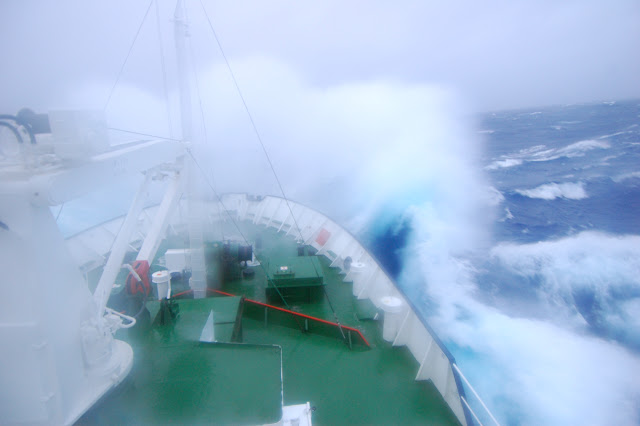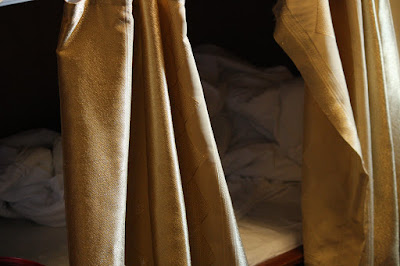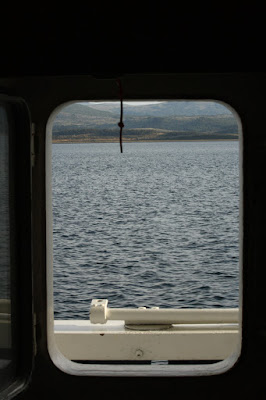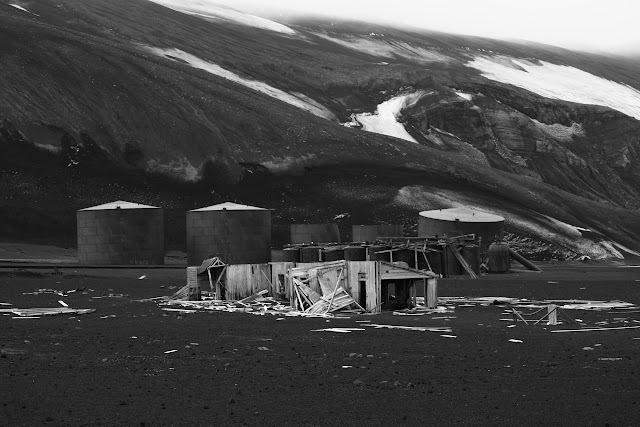The bike is a BMW F650GS, leased from an outfit here which supplies motorcycles to major touring companies. The 650 is light, durable, and should be able handle the best and worst that places like Bolivia and Peru can throw at a rider. The owners of the outfit speak English, and have ridden most of these roads before. They will be able to ship spare parts, help with border crossing, and communicate with local mechanics if there´s a something needs fixing. Even if I don´t use it, knowing that I have a lifeline to experienced riders and mechanics is very valuable.
It´s nearly 2,000 miles, as the crow flies, from here in the southern part of Chile to Cuzco, Peru. That´s probably as far north as I´ll go. In Cuzco, I´ll meet up with a friend (here´s your shout-out, Weiner!) for a week to tour Inca ruins and take a break from the road. I have exactly a month to make the trip. Then I have a month to make it back to Santiago - slightly closer at about 1,600 miles.
The route will likely take a figure 8 - north on the eastern side of the Andes, and back along the western side. At the top and bottom I´ll do some weaving to take advantage of the roads and the scenery.
While, in many ways, Chile and Argentina are perfect countries for motorcycle travle, Peru and Bolivia will be more challenging. There will be dirt roads, limited infrastructure, and more chaos.
So, I´ll be catching up on posting highlights from Argentina, Antarctica and Patagonia over the next day or two and then it´ll be a log of daily travels. Something like a Motorcycle Diaries of my own (which is an interesting read, whether or not you agree with Che´s politics!). Unlike Che, however, who saw the solution to Latin America´s problems in socialism and revolution, it´s unlikely I´ll be advocating that point of view.
The trip begins in Osorno, Chile, a welcoming but relatively unremarkable town in Chile´s agricultural heartland. Like many similar places in the States, the folks are earnest, helpful and honest. The main street is crowded with auto parts and hardware stores, and instead of cafes and nice restaurants fast food and grilled meat is the norm here. It´s like an older version of Vermont or Iowa, except the toilets flush backwards.
Today will be my first full day on the road, across the Andes to Argentina. This will probably be the greenest it will be - it will get drier and drier until I hit the Atacama desert, the driest place on earth. And then I´ll climb into the great Andes highlands, most of which is well above 10,000 feet, before heading back into more welcoming terrain.
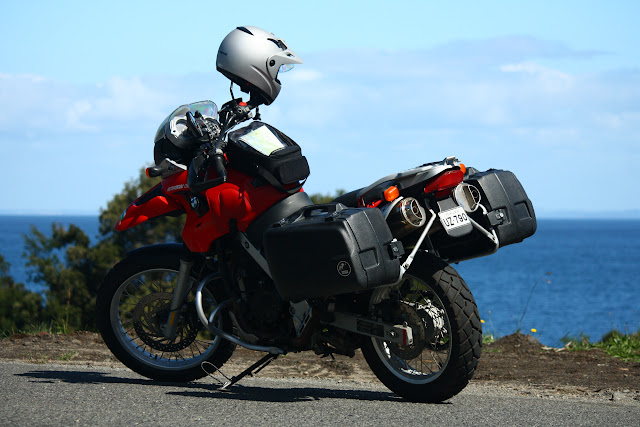 |
| Don Quixote de la Mancha, my trusty steed. |
| Keeping my fingers crossed for a comfortable ride. |





